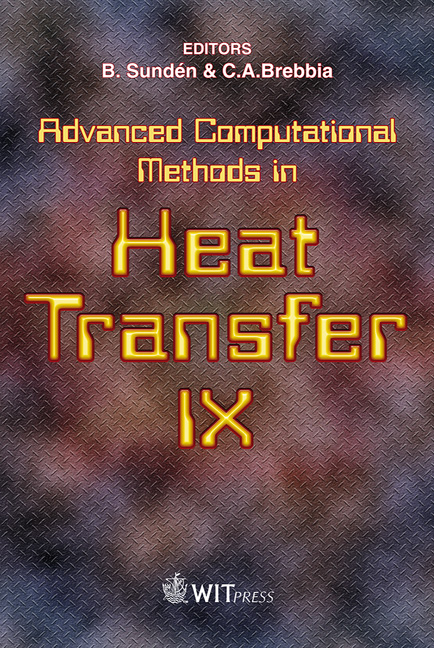How To Design Compact Mass Transfer Packing For Maximum Efficiency
Price
Free (open access)
Transaction
Volume
53
Pages
8
Published
2006
Size
485 kb
Paper DOI
10.2495/HT060171
Copyright
WIT Press
Author(s)
H. Goshayshi
Abstract
The effect of form with corrugated packing on mass transfer and pressure drop characteristics in atmospheric cooling towers has been studied experimentally. The results showed that the mass transfer coefficient decreased with increase in packing pitch and increase in the ratio of rib pitch to rib height. Friction factors were expressed by a dimensional equation which included pitch and distance between the packings, for both smooth and rough surface. From these results, the relationship between packing mass transfer coefficient and pressure drop was deduced. The correlations were verified with additional experimental data taken with 1.1< P/D <1.70 and 1 ≤ p/e ≤ 5. This provides a useful semi-experimental relation, in the area generally lacking in design and performance data. Keywords: packings, mass transfer and pressure drops. 1 Introduction In general, the design of an efficient, compact mass transfer pack for gas/liquid applications is based on the optimisation of the passage diameter and passage length. Also from a number of recent studies it is apparent that the choice of material plays a major role in packing design, the ideal material being highly formable in order to provide a high specific surface area, Egberongbe [3]. Heat and mass transfer between a falling liquid film along a vertical wall and upward flowing air contacting directly with the film is an important and interesting phenomenon in industrial apparatus such as cooling towers. While 96% of the cooling towers use PVC packing with smooth and cross ribbing, no data on the flow of liquid over a flat vertical wall with cross ribbing have been published. Only some of the features of their operation in contact heat exchangers haveKeywords
packings, mass transfer and pressure drops.





